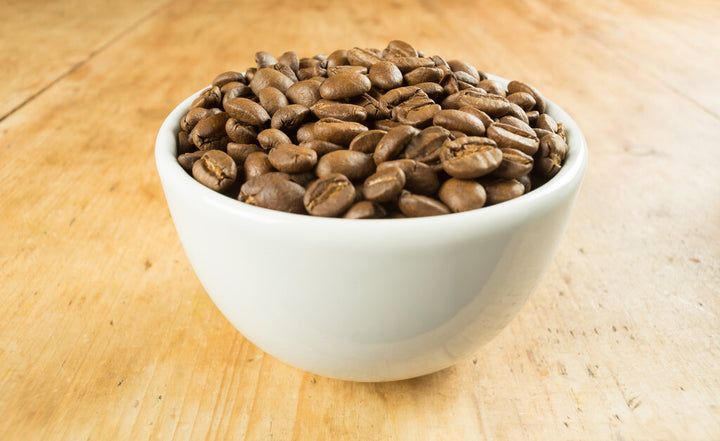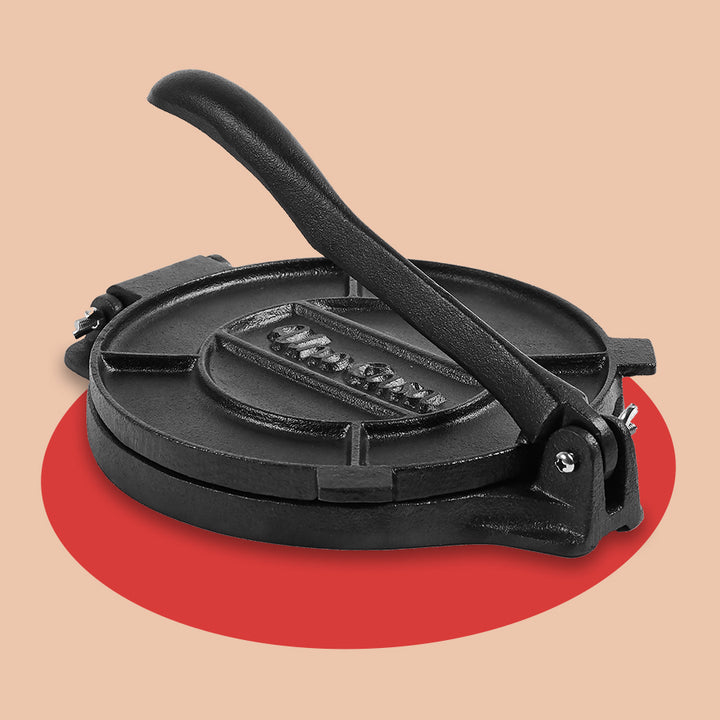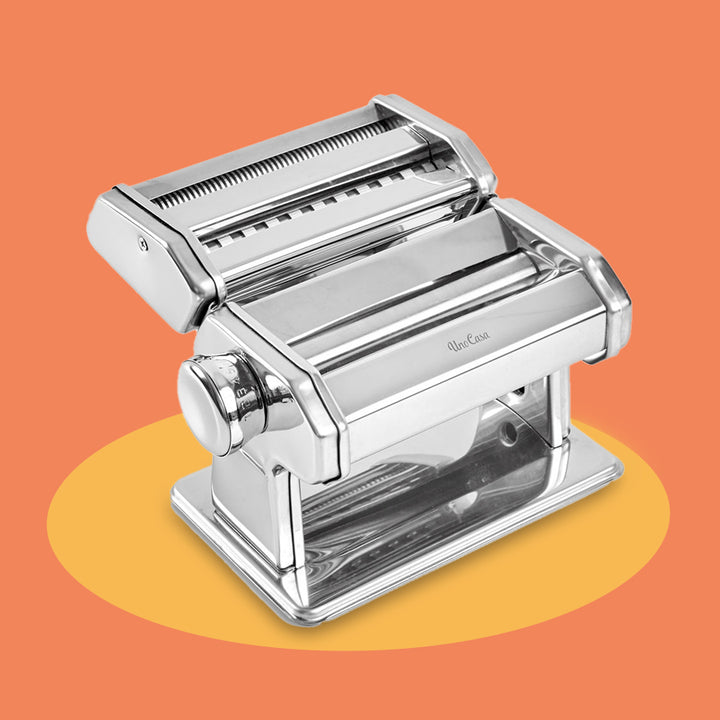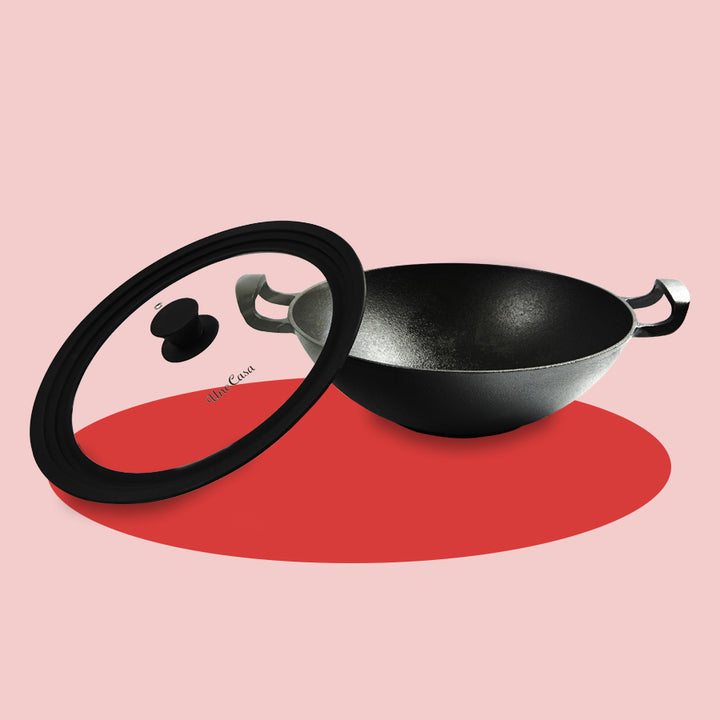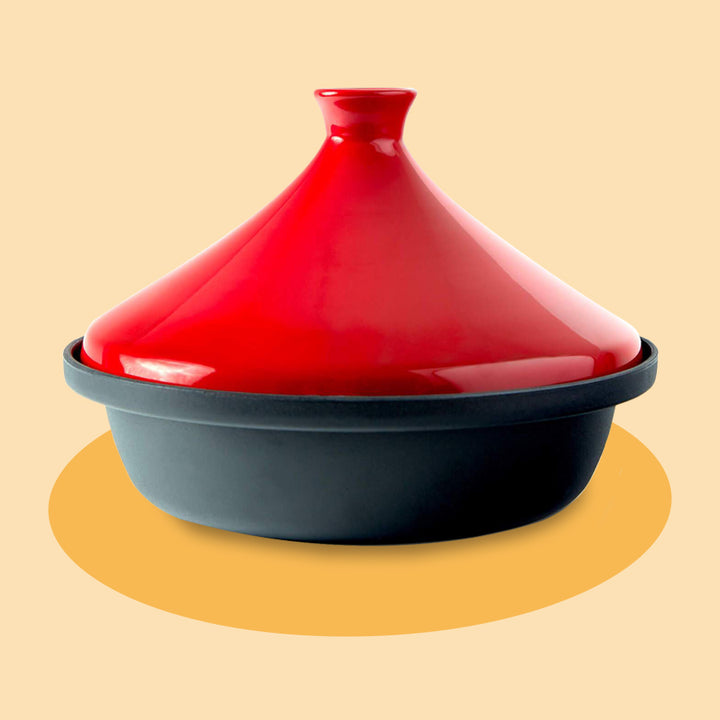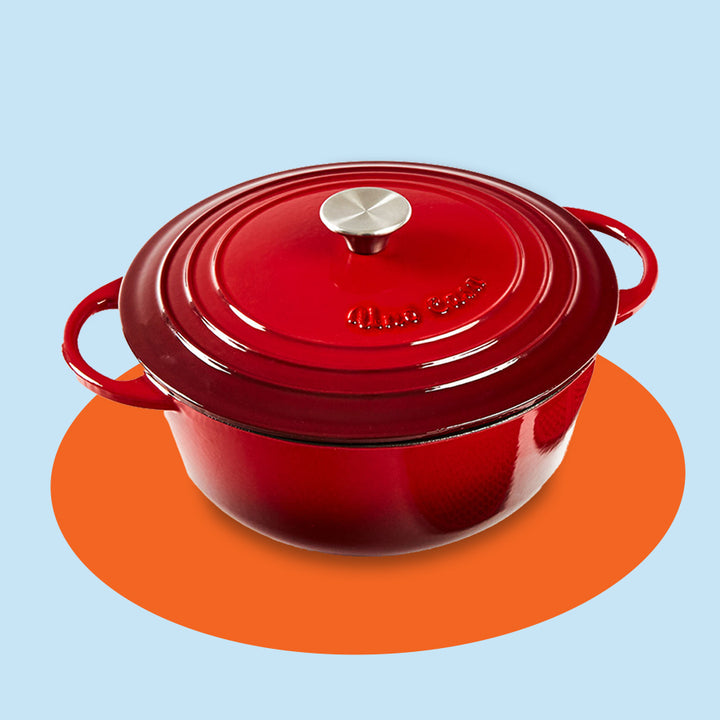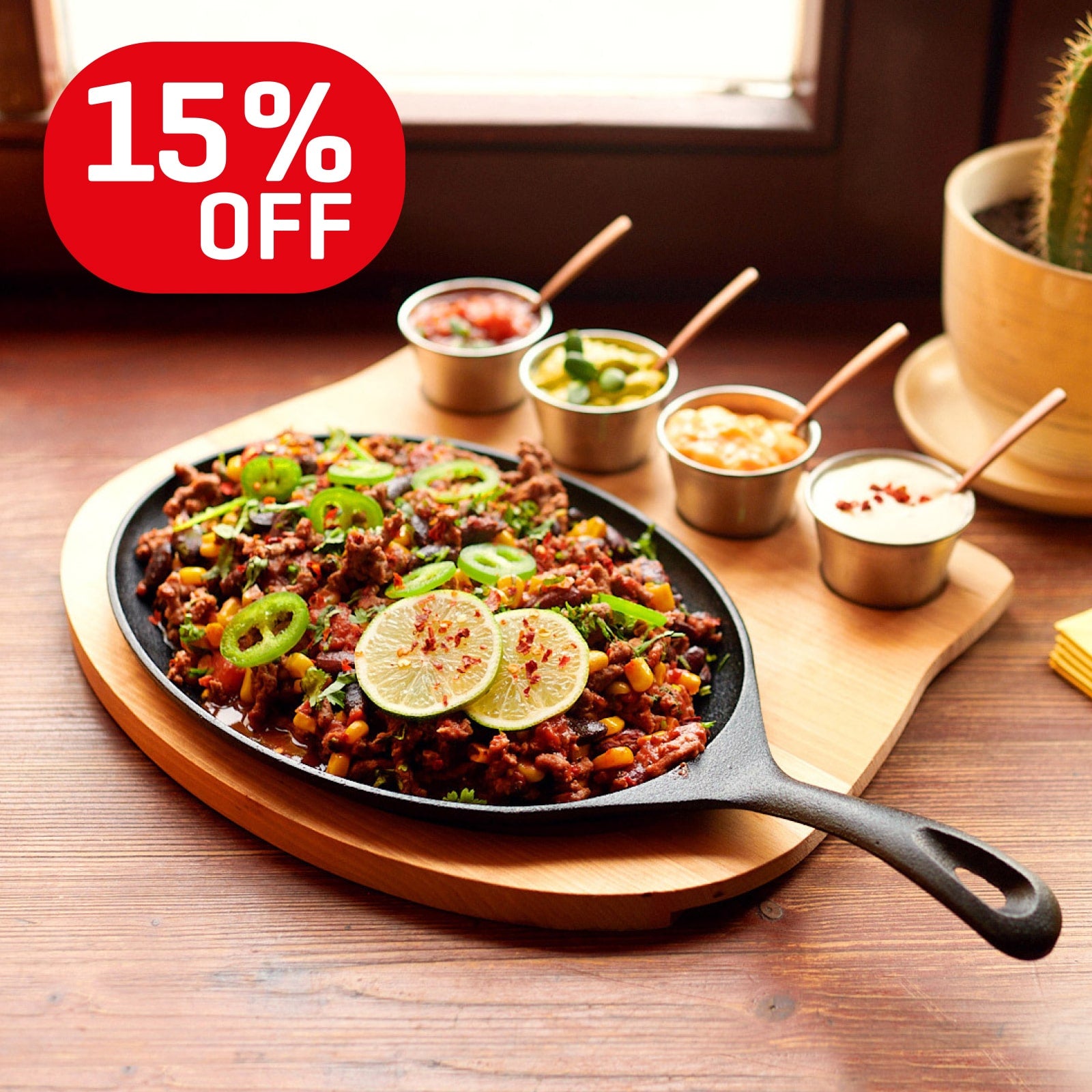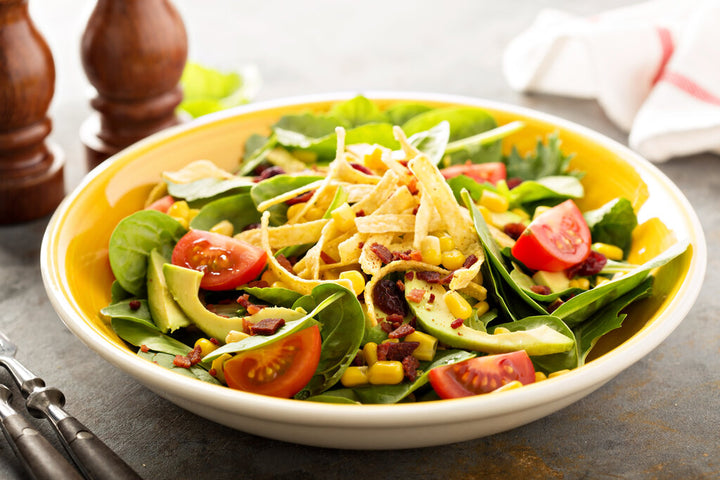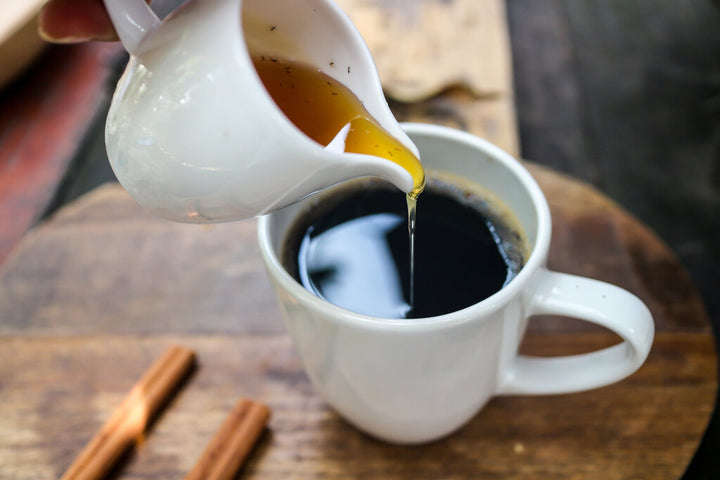French Oven vs. Dutch Oven - Aren’t They The Same?

Who doesn’t love Dutch ovens? You can braise, stew, fry, and even bake bread in these versatile pots. They are durable kitchenware, and some come in stunning colors! You can move a Dutch oven straight from the stovetop onto the dinner table as a gorgeous centerpiece and serving dish.
But, did you know that the gorgeous, colorful pots you might know as Dutch ovens actually have a different name? Believe it or not, they are called French ovens. Dutch ovens are traditionally bare cast-iron pots, without the enamel.
Where It All Began
In the 17th Century, the Dutch created a technique that involved casting metal in sand molds instead of clay, which was previously the norm. This new method gave rise to the Dutch oven, which was a raw cast-iron pot that develops a non-stick surface when seasoned regularly.
Made with tight-fitting lids, these heavy pots are suitable for use on the stovetop and in the oven. They are mainly used for cooking methods that involve moisture, like stews, soups, and braising, but can also be used in other ways.
What is a French Oven?
In later years, French companies took that basic concept and added an enameled coating. Of course, they called their invention the French oven.
Unfortunately for them, the name didn’t stick. And instead, the pots became more widely known as enameled Dutch ovens.
French ovens are similar to cast-iron Dutch ovens, except they have an enameled coating and have to be treated slightly differently. They also gave them another name, ‘cocottes.’
What is the Difference Between a Dutch Oven and a French oven?
Both cocotte and Dutch oven are made from a sturdy material: cast-iron. This means that French ovens and Dutch ovens are both super durable.
The main difference between the cocotte and Dutch oven is in the coating and the maintenance.
Although both types of cast-iron cookware can mostly be used interchangeably, there are some differences in how they’re used.
Cooking With Cast-Iron Dutch Ovens
Bare cast-iron cookware requires a seasoning process that the enameled pot does not. To do this, follow these simple steps:
- Clean and dry the cast-iron Dutch oven well.
- Spread a layer of mild vegetable oil across it with a paper towel.
- Preheat your oven to 375°F.
- Bake the cookware for around an hour.
- Allow it to cool and store it.
Seasoning your cast-iron Dutch oven regularly will keep it non-stick. It will also give it a wonderful flavor, especially over time.
Another difference between a Dutch oven and cocotte cookware is that the bare cast-iron pot won’t show imperfections or chip the way the enameled pot will.
A drawback to this type of pot is that it is more challenging to clean, mostly if it’s not seasoned correctly. You should never scrub it or use any kind of soap on it. It can be gently scraped clean or boiled for a short time to loosen any stubborn food particles.
A cast-iron Dutch oven would suit you if:
- You enjoy cooking various types of one-pot dishes.
- The complex flavors of cast-iron suit your palate.
- You like cooking on campfires.
- Seasoning your cookware regularly doesn’t put you off.
Cooking With Enameled Cast-Iron French Ovens
The difference between cocotte and Dutch oven cookware is in the coating and care. The enamel not only makes it look great, but it also makes the pot super easy to clean since the coating makes it non-stick. It can even safely go into the dishwasher
Because of this non-stick coating, it’s not necessary to season a French oven ever. The only slight difference in caring for this pot is that you have to preheat it before using it.
A French oven would suit you if:
- You don’t want to hand wash your pot and prefer to use a dishwasher.
- You prefer not to have a pot that you have to season regularly.
- Campfire cooking is not something you need to do with it.
- You are looking for an attractive pot that can double-up as a serving dish at dinner parties.
The Verdict: Dutch Oven or French Oven?
- Both of these pots are excellent for cooking and are durable and robust.
- They’re also a good choice for healthy cooking and those who want to exert minimal effort in the kitchen. It’s all about prepping everything and letting the Dutch oven or French oven do the rest.
- If you compare what you can cook with a French oven and a Dutch oven, you’ll notice that there’s not much difference. Both can cook a variety of dishes and can be used on the stovetop and inside the oven.
- However, you can only use a non-enameled Dutch oven in a campfire. French ovens also are not heat resistant! So, if you are into camping and open fire cooking, the double Dutch oven is your best bet. If not, think about whether you’re okay with regular seasoning and a bit more time spent caring for your pot.
We hope that helps give you some insights as you select your next cooking investment.
Want to learn more? Check out our article on braiser vs dutch oven!
Leave a comment
Comments will be approved before showing up.
Also in Tips
